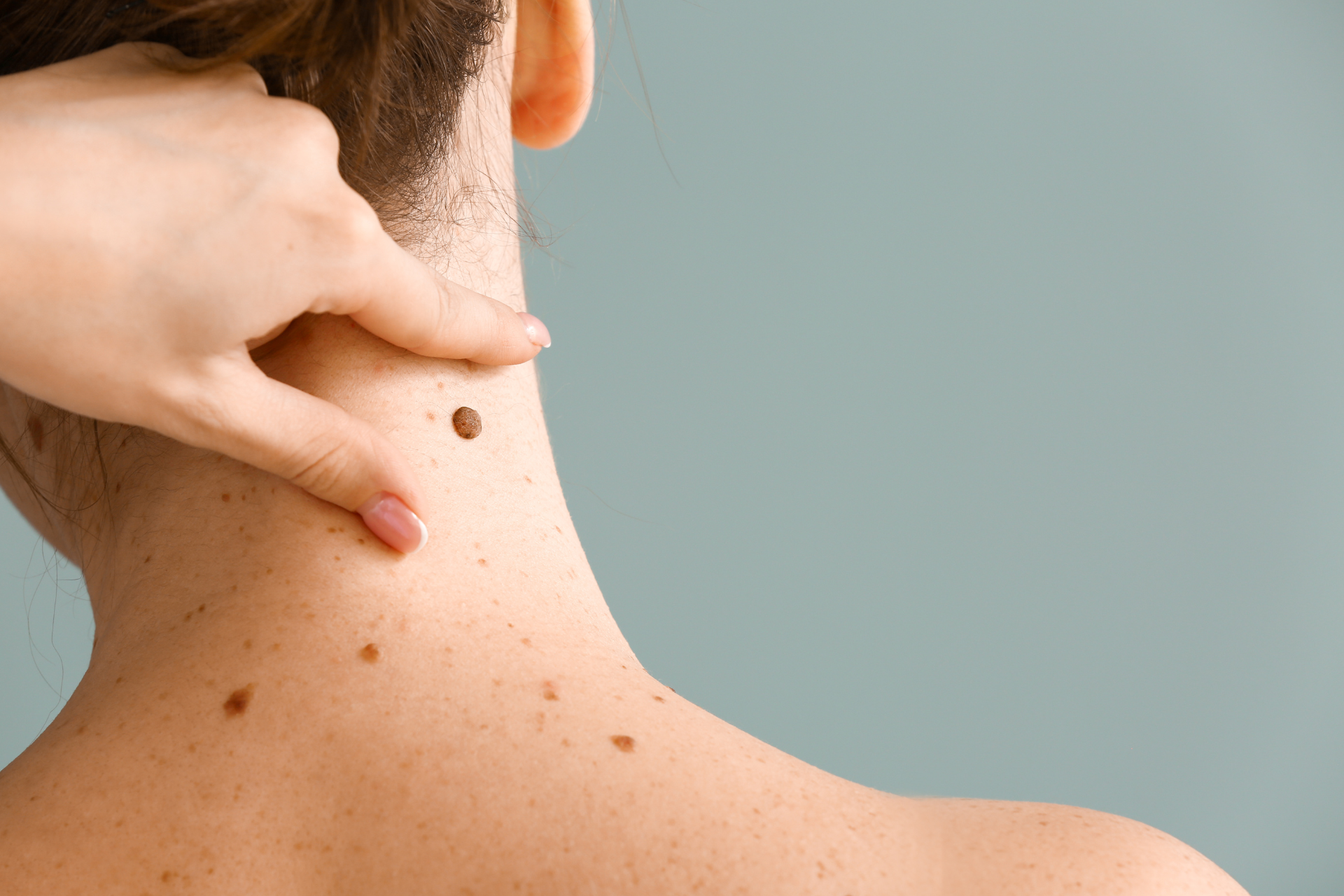Mole Check 101: When to Be Concerned About Moles

As the largest organ of the human body, our skin serves as a protective barrier that shields us from external elements. It is essential to keep our skin healthy and monitor any changes that might indicate an underlying issue. One common concern that many individuals face is the presence of moles. While most moles are harmless and benign, it is crucial to be aware of the signs that may indicate a more serious condition. At Fall Creek Skin and Health Clinic, we prioritize the well-being of our patients by providing comprehensive skin care services. In this blog post, we will guide you through the basics of mole checks and help you understand when to be concerned about moles.
What Are Moles?
Moles, also known as melanocytic nevi, are growths on the skin that occur when cells that produce pigment cluster together. They can appear anywhere on the body and vary in size, shape, and color. Most moles are harmless and do not require treatment. However, some moles can develop into skin cancer, such as melanoma, if left unchecked.
When to Be Concerned About Moles:
1. Changes in Size, Shape, or Color:
One of the most important signs to watch for is any changes in the size, shape, or color of a mole. If a mole starts growing rapidly, becomes asymmetrical, or changes color (especially if it darkens), it may be a cause for concern. At Fall Creek Skin and Health Clinic, our dermatologists can examine the mole and determine if further evaluation is necessary.
2. Irregular Borders:
Healthy moles typically have well-defined borders that are smooth and even. If you notice that the borders of a mole are irregular, jagged, or blurred, it could be a red flag. Irregular borders are a common characteristic of melanoma, a type of skin cancer that can be life-threatening if not detected and treated early.
3. Itching, Bleeding, or Pain:
Moles should not cause any discomfort or pain. If a mole starts itching, bleeding, or becomes tender to the touch, it is essential to have it checked by a healthcare provider. These symptoms could indicate an underlying skin issue that requires medical attention.
4. Evolution Over Time:
It is normal for moles to change slightly over time, such as becoming raised or fading. However, if a mole undergoes significant changes in a short period, it could be a warning sign. Keep track of any alterations in your moles and consult a healthcare professional if you have concerns.
5. Family History of Skin Cancer:
Individuals with a family history of skin cancer are at a higher risk of developing the condition themselves. If you have a close relative who has been diagnosed with melanoma or other types of skin cancer, it is crucial to be vigilant about monitoring your moles and seeking regular check-ups.
At Fall Creek Skin and Health Clinic, we understand the importance of early detection and timely intervention in managing skin conditions. Our team of experienced dermatologists and healthcare providers is dedicated to providing personalized care to patients of all ages. If you have any concerns about your moles or skin health in general, schedule an appointment with us for a thorough evaluation.
Remember, regular self-examinations and professional skin checks are key to maintaining healthy skin and catching any potential issues early. By staying informed and proactive about your skin health, you can reduce the risks associated with moles and other skin conditions. Fall Creek Skin and Health Clinic is here to support you on your journey to healthy skin.




